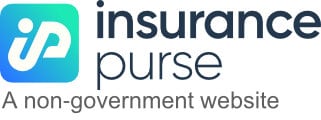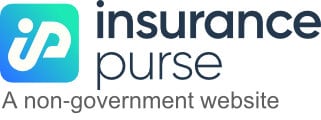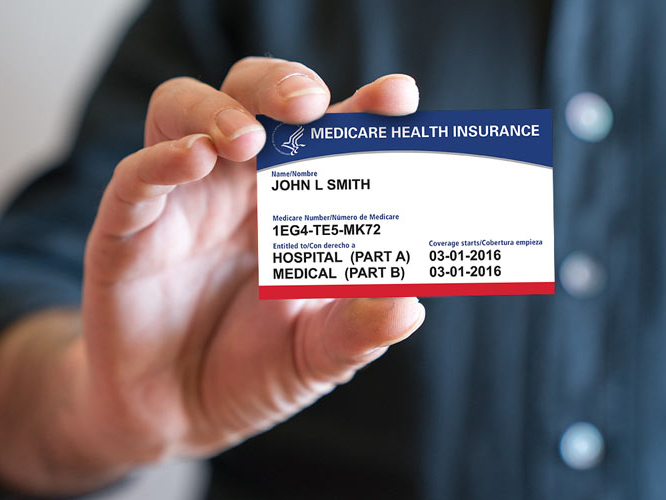Getting behind the wheel for the first time feels exciting and empowering, but then reality hits: you need insurance. And let’s be real—figuring out Auto Insurance for First-Time Drivers can feel like learning another language. Policies, premiums, deductibles, liability coverage—it’s a lot to take in. But don’t stress. With the right tips, you can navigate this process smoothly, save money, and get the coverage that makes sense for your situation.
Why Auto Insurance Costs More for First-Time Drivers
If you’re a first-time driver, you’ve probably noticed that insurance quotes aren’t exactly friendly. Companies see new drivers as higher risk because of limited driving history. The logic is simple: less time on the road means less proof that you’re safe behind the wheel. Unfortunately, that translates into higher rates.
But here’s the good news—you’re not stuck paying sky-high premiums forever. Over time, as you build experience and maintain a clean driving record, costs drop. Plus, there are specific strategies to make those early policies more affordable. That’s why knowing the ins and outs of Auto Insurance for First-Time Drivers really matters.
Tips to Lower Insurance Costs
Since nobody likes overpaying, let’s break down some ways to reduce your premium.
- Shop Around – Don’t jump on the first quote you see. Different companies calculate risk differently, so get at least three or four quotes before deciding.
- Stay on a Parent’s Policy – If possible, staying under your parents’ plan is often much cheaper than buying your own.
- Choose a Safe Car – Flashy sports cars come with higher rates. Insurers like safe, reliable, and inexpensive-to-repair vehicles.
- Take a Defensive Driving Course – Many insurers offer discounts if you prove you’ve taken steps to be a safer driver.
- Ask About Good Student Discounts – If you’re in school and keep your grades up, you may qualify for significant savings.
Transitioning from paying high rates to snagging discounts is all about knowing which levers to pull.
Types of Coverage Every First-Time Driver Should Understand
Policies aren’t one-size-fits-all. Here are the main types of coverage you’ll run into:
- Liability Coverage – Pays if you cause damage or injuries to others.
- Collision Coverage – Covers damage to your car if you hit another vehicle or object.
- Comprehensive Coverage – Protects against non-collision issues like theft, fire, or natural disasters.
- Uninsured/Underinsured Motorist Coverage – Protects you if the other driver doesn’t have enough insurance.
Knowing which of these you need—and which ones you can skip—saves money. For example, if you’re driving a used car worth only a few thousand dollars, paying extra for collision and comprehensive may not make financial sense. On the other hand, if you financed a new car, you’ll definitely want that added protection.
Common Mistakes First-Time Drivers Make
When it comes to Auto Insurance for First-Time Drivers, mistakes can get expensive fast. One common error is picking the lowest possible liability coverage just to save money. That might help your premium, but if you cause a serious accident, you could end up on the hook for thousands of dollars.
Another mistake is forgetting to update your policy after life changes. Moving to a new area, switching jobs, or even improving your grades can affect your insurance rates. If you don’t keep your insurer updated, you might miss out on discounts.
Finally, avoid paying for coverage you don’t need. Insurance agents may try to upsell, but not every add-on is essential. Read the fine print and only pay for what protects you in real-life scenarios.
Long-Term Benefits of Good Driving Habits
Here’s the real secret: time works in your favor. When you build a history of safe driving, insurance companies reward you. That means fewer claims, no speeding tickets, and avoiding accidents.
For first-time drivers, the first three to five years are crucial. If you keep your record clean, your premiums can drop dramatically. Some companies even offer accident forgiveness programs once you’ve proven yourself. So while the start might feel expensive, think of it as an investment toward cheaper coverage down the road.
Best Insurance Providers for First-Time Drivers
Some insurers stand out for offering better options to new drivers. A few names worth checking include:
- Geico – Known for student and good driver discounts.
- State Farm – Offers affordable policies and safe driving apps.
- Progressive – Provides usage-based programs that can reward careful driving.
- Nationwide – Great for bundling auto insurance with other policies.
Each company has pros and cons, so compare what matters most—cost, coverage, or discounts tailored for first-time drivers.
Final Thoughts
Dealing with insurance may not be the most exciting part of driving, but it’s one of the most important. Auto Insurance for First-Time Drivers might seem expensive and overwhelming at first, but once you understand your options, you can find a plan that balances cost and protection.
Remember to shop around, use every discount available, and avoid common mistakes that add unnecessary costs. Most importantly, focus on safe driving habits. Over time, your experience and clean record will pay off in lower rates and better coverage.
So, don’t just rush into the first policy you see—take the time to make a smart choice. Your wallet (and future self) will thank you.














